20% off £30
Building the best skin care routine for your skin type

What’s your skincare regime looking like right now? Is it something you religiously do every single day? Once or twice a week? Or perhaps you haven’t mastered one yet?
If you haven’t, we totally understand.
After all, there’s not just one skincare routine that’s right for everybody’s skin because everybody’s skin is different, be it dry, combination, normal, sensitive or oily.
Ideally, though, we should all be in the habit of taking care of our skin with a good skin care routine.
Keep reading for practical advice on establishing a skincare routine.
Why a skin care routine is important
We should all have a good skin care routine.
Why? Because looking after your skin, in your 20s, 30s, 40s, 50s, 60s and upwards with a daily skin routine can:1
-
Keep your skin in good condition
Skincare routines can help prevent breakouts, reduce the appearance of wrinkles, and help keep your skin looking and feeling great.
The best skincare regimes exfoliate dead skin cells, moisturise skin and give it the nutrients it needs for a healthy glow.
-
Help skin stay looking young
The older we get, the slower our skin cells regenerate, which can lead to dull-looking skin in the process.
Skincare routines help with removing dead skin cells and encouraging the development of more youthful cells, not to mention, skin-plumping collagen production.
-
Last you a lifetime
The sooner you start taking care of your skin and giving it the attention and nourishment it needs, the less likely you are to experience issues.
This applies to whether you’re in your 20s, 30s, 40s, 50s, 60s and over, everybody’s skin is grateful for some dedicated daily TLC.
-
Help boost self-confidence
When you look in the mirror and you like what you see, e.g. your hair looks great, your skin looks healthy and your eyes are sparkling, what’s not to love?
Skin routines are central to good skin, and when your skin looks good, you can’t help but feel good, and more confident, too!
What is the best skin care routine?
Every skincare routine differs depending on your skin type and lifestyle, but there are a few important tips that everyone can take on board.
Cleanse
Every morning and evening, begin by washing your face with warm water.
You’ll need a cleanser that’s been designed for your skin type, and when you’re cleansing you should use upward strokes and massage your skin.
This should help stop any wrinkles forming.
When it comes to washing it off, make sure you use a fresh, warm flannel and you don’t miss any areas of your face.
Tone
Then use a damp cotton wool pad to apply alcohol-free toner to your face.
Moisturise
Take time to massage in a moisturiser and never, ever, go to sleep while still wearing your makeup.
If you can, avoid facial wipes as they can irritate your skin.
Use clean makeup products
To help keep your skincare products as free from bacteria as possible, try to wash your makeup brushes once a week and never leave the lids off your products.
Wear SPF
If you’re going to spend time outside, wearing a sun cream is a must. You need to protect your skin from the sun’s harmful UV rays all year round.
Choose a factor 30 sun cream, with a UVA rating of 4 or 5 stars, at the very least.
Sun damage can increase your chances of skin cancer and cause your skin to age prematurely too.
Handpicked content: Why should we wear SPF?
Hydrate
It’s important you remember to drink plenty of water throughout the day as you want your skin to be hydrated.
If you can, try to apply a face mask once a week. There are plenty of natural face masks for you to pick from and they’ll give your skin a big boost.
Summary
- We should all have a good skincare routine, regardless of our age
- The best skin care routines can keep skin in good condition
- They can also help skin stay looking younger for longer and boost self-confidence
Skin care routine steps
Not sure what to apply and which order to apply it in?
When you’ve got more than two or three products to think about; some just for the morning and some just for the evening, it’s not always easy to know when to use them.
If in doubt, follow these skin routine steps:2
Morning skin care routine
-
Cleanser
It’s the number one step and one of the most important steps because it cleans your skin.
In order for your skin to absorb any of the ingredients in steps 2 to 8, it needs to be squeaky clean – e.g. free of oil and dirt.
There are plenty of natural cleansers available for you to choose from.
-
Toner
Toners help prime your skin for the products you are then going to apply to it. It helps it to absorb ingredients better too.
Pro tip: This is an optional step, you don’t have to apply a toner if you don’t want to.
-
Serums
Serums are essentially a huge dose of skin goodness, i.e. nutrients, hydrator and antioxidants, that can all work wonders for skin.
You don’t have to use serums, but they do carry a lot of benefits.
Handpicked content: 5 of the best face serums
Pro tip: Apply Vitamin C serum to protect skin from the environment and damage caused by free radicals during the day. Got sensitive skin? Use it every other morning instead!
-
Eye creams
Eye creams have a thinner and lighter consistency than face moisturisers, so be sure to apply them before you apply moisturising products to enable them to absorb better.
Generally speaking, apply thinner products first, then layer up with thicker and heavier products.
Pro tip: Use an eye cream that comes with a roll-on applicator. It’ll help reduce any puffiness, especially if you keep yours in the fridge so it’s nice and cold when it comes to using it.
-
Spot treatments
If you’re using retinol at night, and are in need of spot treatment, then you may want to use it in the morning, to give your retinol chance to work at night.
Make sure you apply it before your moisturiser so that it can properly sink in.
Pro tip: Use either benzoyl peroxide or salicylic acid for spots. Benzoyl peroxide kills blemish -causing bacteria and salicylic acid dissolves oil and skin cells.
-
Moisturiser
Now, this isn’t a step you should be skipping.
Moisturiser is compulsory and should be applied morning and night (no excuses).
Why? It keeps your skin barrier healthy and enables it work effectively as a barrier.
It also helps seal in all of the ingredients from the products you applied in steps 1 to 5.
Pro tip: Give your moisturiser time to properly sink in (around five minutes) before applying your make-up.
-
Face oil
Face oils are what’s described as being ‘occlusive’; they seal in all the ingredients and moisture from your skincare products.
Over time, this can lead to softer and smoother skin.
-
Sunscreen
Unlike other skincare products, sunscreen or SPF, doesn’t sink into the skin.
It sits there, protecting skin against the sun’s UV rays and other free radicals, which is why you can apply it after oil.
It’s non-negotiable too, always apply an SPF of at least 30. Every. Single. Day.
Night skin care routine
-
Cleanser
Double cleansing is the way to go if you want uber-clean skin.
Start off with a cleansing oil and then follow up with a gentle, creamy cleanser (particularly if you’re prone to blemishes).
-
Toner
There are two main types of toner.
Those that contain Beta Hydroxy Acids (BHA), such as salicylic acid, or Alpha Hydroxy Acids (AHA), such as glycolic acid.
Handpicked content: What does toner do to your skin?
Pro tip: AHAs are best for dry skin and BHAs are best for oilier skin.
-
Serums
Instead of applying a Vitamin C serum, switch to using serums that contain hyaluronic acid, which attracts water to your skin, plumping it up while you sleep.
Pro tip: If you’re using anti-aging or acne treatments, you need to give your skin as much hydration as possible because these types of products can irritate and dry skin out.
-
Eye creams
The skin around our eyes is incredibly sensitive and mustn’t be overlooked morning or night.
Use a hydrating cream that will help repair the delicate area of skin all around your eyes overnight.
And remember – gently pat, don’t rub the cream in!
-
Spot treatments
Night-time is the best time to apply spot treatments because it’s when the skin’s working the hardest to repair and regenerate itself.
-
Moisturiser
Night-time is when our skin repairs and regenerates itself.
Use a night moisturiser that’s full of naturally-produced goodness, such as hyaluronic acid, lipids and proteins.
This is the time to apply anti-aging moisturisers too.
-
Retinol
Retinol/retinoids stimulate collagen production and cellular activity, fading dark spots, smoothing scars, clearing pores, preventing breakouts, and brightening skin.
Pro tip: Start small. Retinol can aggravate skin when you first use it so start by using a pea-size amount one night a week for a week, then two nights a week for two weeks, then three nights a week for three weeks, and then every other night indefinitely.
-
Face oil
Face oils should always be the last skincare product you apply.
They can penetrate moisturisers, serums, and treatments, but no products can penetrate an oil.
Oily skin skincare routine
Skin’s oil is produced in the sebaceous glands. This oil is necessary to protect your skin and enable it to do its job effectively.
Some people have naturally oiler skin, which isn’t necessarily a bad thing.
People with oilier complexions tend to age slower than those with drier skin and oily skin can give your skin a natural dewy sheen.3
But sometimes skin can produce too much oil, which can lead to breakouts and blemishes.
Hormones, diet and external factors, such as pollution can all cause excess oiliness, but one of the surprise offenders might be your skincare routine.
Handpicked content: A guide to oily skin
Beware of using too many products
Using too many skincare products can lead to skin being unable to regulate its oil production, and producing too much oil.
This is bad news, as you might be frustrated with the oiliness and end up using many different products in a bid to tackle the issue, which has the effect of making it even worse!
In particular, using products with sensitising ingredients, such as fragrances, sulphates or artificial colours can throw off your skin’s natural balance of oils.
Handpicked content: Our top choices for a natural skincare routine
Don’t over-cleanse
It might be tempting to reach for the cleanser every time you see a little shine on your face, but try to hold back.
It might leave you with that clean-face feel, but harsh cleansers actually strip away the skin’s natural protective barrier.
Cleansing your skin too often can lead to over-drying, which causes your sebaceous glands to go into overdrive, leading to more oiliness.
You only need to cleanse your skin twice a day, once in the morning and once at night.
Foaming cleansers and those containing surfactants such as sodium lauryl sulphate (SLS) are particularly drying, so consider switching to a gel, milk or cream formulated without SLS.
Face wipes might be your first choice for a convenient and waterless cleanse.
However, try not to rely on them too much because the alcohol they usually contain can be an irritant, leading to stinging and redness.
Also, the oil-stripping effect can lead to your skin’s oil glands being thrown out of balance, once again leading to an over-production of oil.
Handpicked content: 9 of the best cleansers for oily skin
Exfoliate with care
Exfoliation is great for gently removing any dead skin cells, brightening skin and leaving it looking fresh.
However, never exfoliate more than 1 to 3 times a week, as your skin will be left over-stripped and extra sensitive.
Alongside leaving it vulnerable to sun damage and environmental pollution, your oil production will once again be thrown off as the skin’s repair mechanism kicks in to replace the lost oil.
Summary
- Skin can produce too much oil, which can lead to breakouts and blemishes
- Oily skin can sometimes be caused by our skincare routines
- Too many products, over-exfoliating and over-cleansing can strip skin of sebum, which can trigger it to produce more
What is a simple skincare routine?
If it sounds as though you might be doing too much to your skin, don’t worry! It’s easy to strip back your routine and get back to basics.
1
Use a gentle cleanser
Use twice a day - morning and night.
2
Apply a light moisturiser
Moisturisers shouldn’t make your skin oily because they are designed to help the skin retain water rather than adding oil.
3
Exfoliate once a week
Exfoliate to avoid pores from getting blocked and encourage cell renewal (optional step).
Takeaway
We only have the skin we’re born with, so it’s really important we take care of it throughout our entire lives.
Some people’s skincare routines are longer than others, and the products they use can all differ too.
But the main thing is that you understand your skin, what it needs, what it doesn’t need and that you take the time, morning and night, to give it the TLC it deserves.
Handpicked content: How to get your daily skincare regime right
Last updated: 1 September 2021
- https://www.skincenterofsouthmiami.com/2018/06/the-importance-of-facials-and-skin-care/
- https://www.cosmopolitan.com/style-beauty/beauty/a25372431/what-order-to-apply-skincare-products/
- https://www.webmd.com/beauty/features/how-life-affects-aging-skin#1.


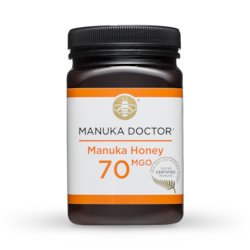
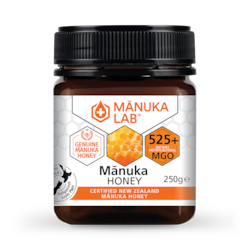



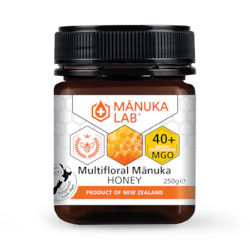
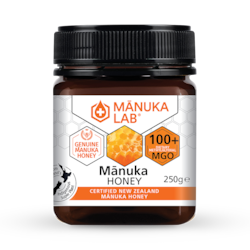

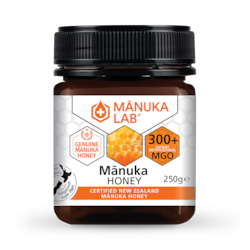
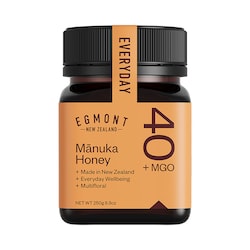
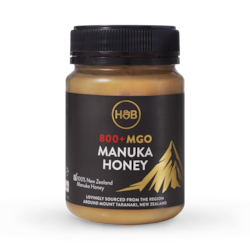
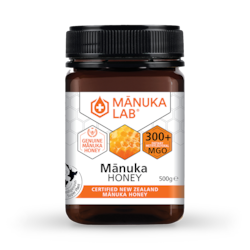
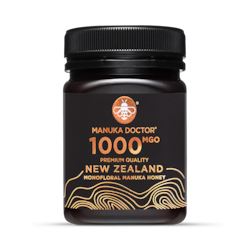
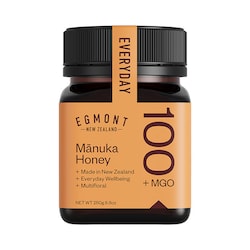
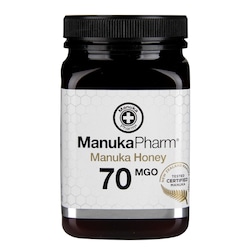


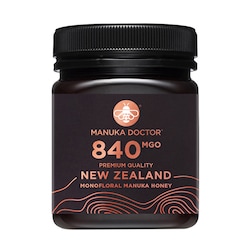

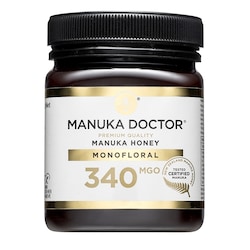

.png)











